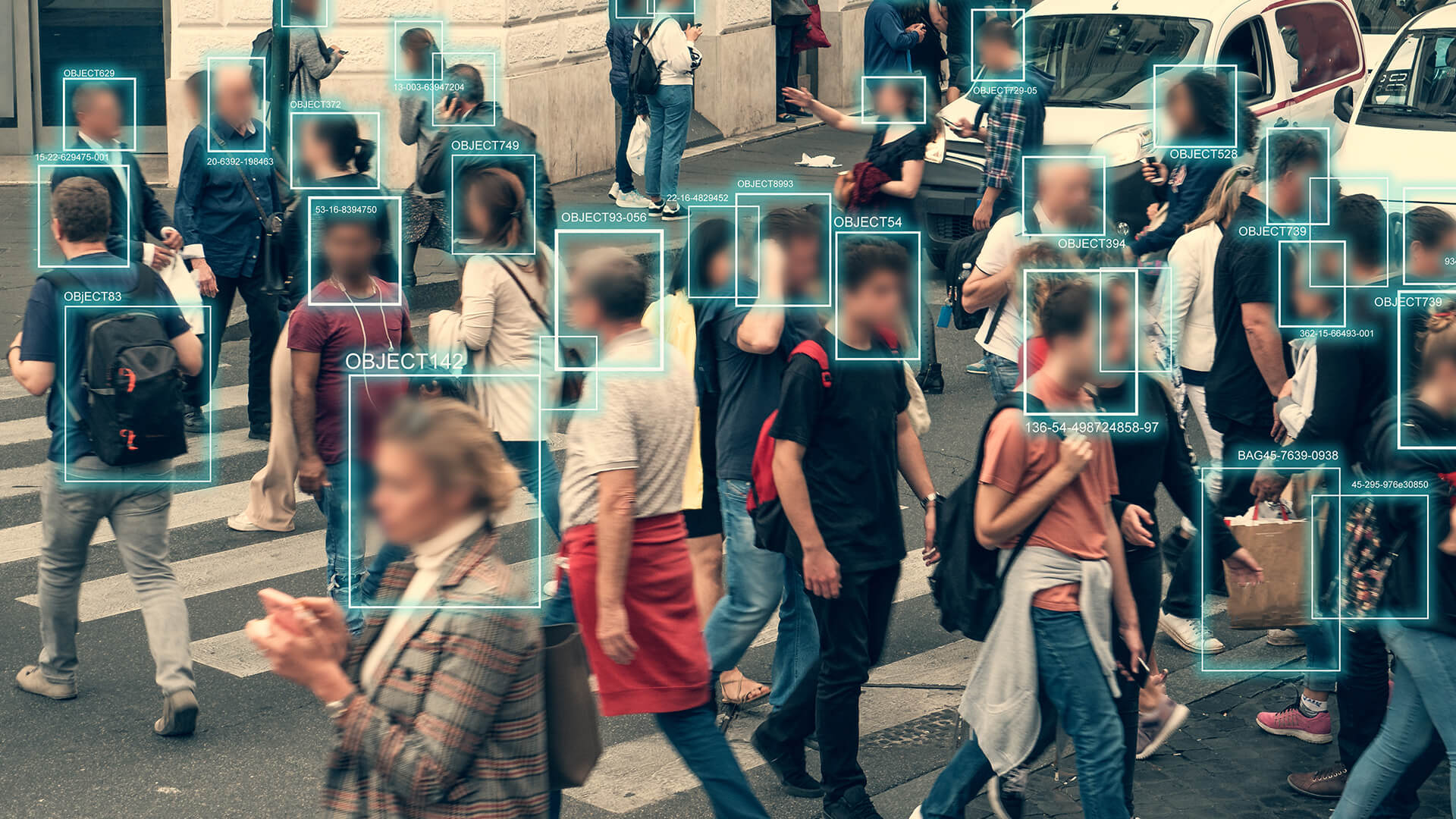A world full of cameras
There are more and more cameras in the world and, as a result, an enormous amount of data is being collected and recorded. To these analyzed images we can give a certain intelligence, so that valuable information can be extracted from them and smart decisions can be made. The field of Computer Vision is a big part within AI and also a technique that we as Datacadabra use a lot.
Patterns, shapes, colors and sizes
The basis of Computer Vision is in recognizing images based on certain characteristics, such as shapes, size, color and materials. These features together determine the object you want to detect. This seems like a simple task, but getting computers to understand and recognize the images is challenging.
Suppose we want to recognize a specific plant with our Computer Vision system. The system is presented with a huge amount of images, some of which show that specific plant. It is then up to the system to determine if it sees that plant. Features such as patterns, color, size and shape combine to determine whether or not the object is a specific plant.
The MowHawk
Within several of Datacadabra's practical cases, we use Computer Vision. For example, our MowHawk(www.mowhawk.nl) uses Computer Vision. It is a camera that attaches to the cutter bar of a roadside mower. The camera takes images while mowing the roadside that are analyzed in real time. Based on a huge amount of data, the system is trained to recognize invasive exotic species, such as Japanese Knotweed, or litter. This allows for more efficient management.

